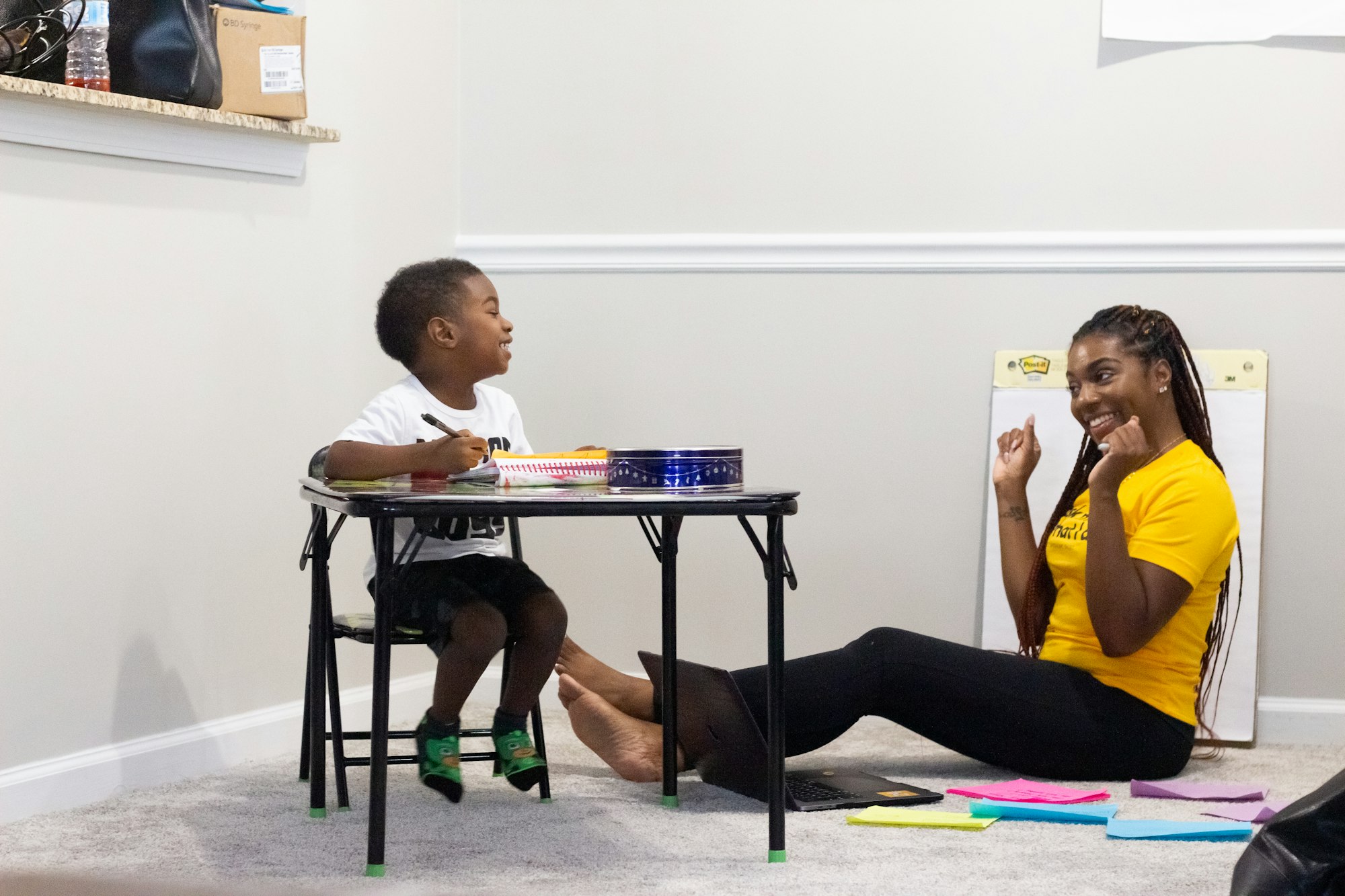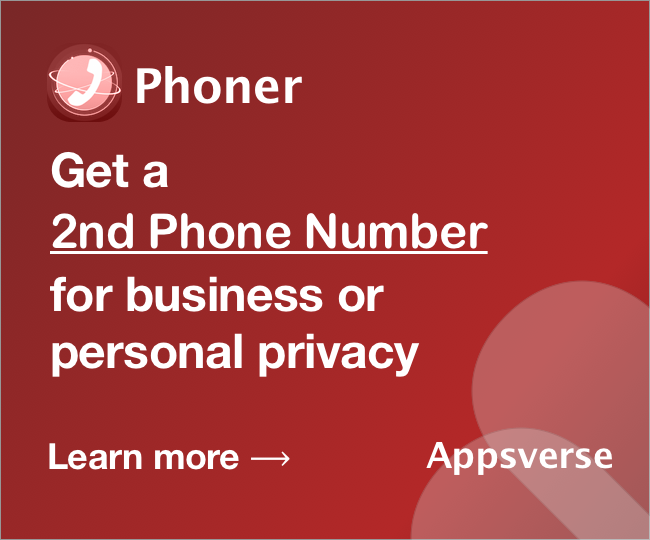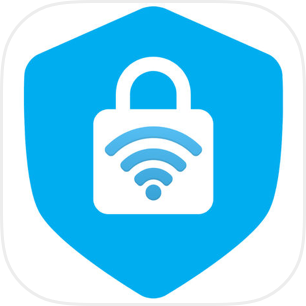As a school teacher, interacting with your students' parents is a crucial part of your job as it allows you to build a strong partnership with families, understand your student's background and learning style, and work together to create a supportive and effective learning environment. While parent teacher communication can sometimes be challenging due to busy schedules and conflicting priorities, it's important to value the opportunity to communicate and collaborate with parents to help their children succeed in school.
In this article, we will share the benefits of parent teacher communication, and discuss 10 effective strategies for teachers to communicate with parents to strengthen their relationship and support student success.
What Are Some Benefits Of Parent Teacher Communication?
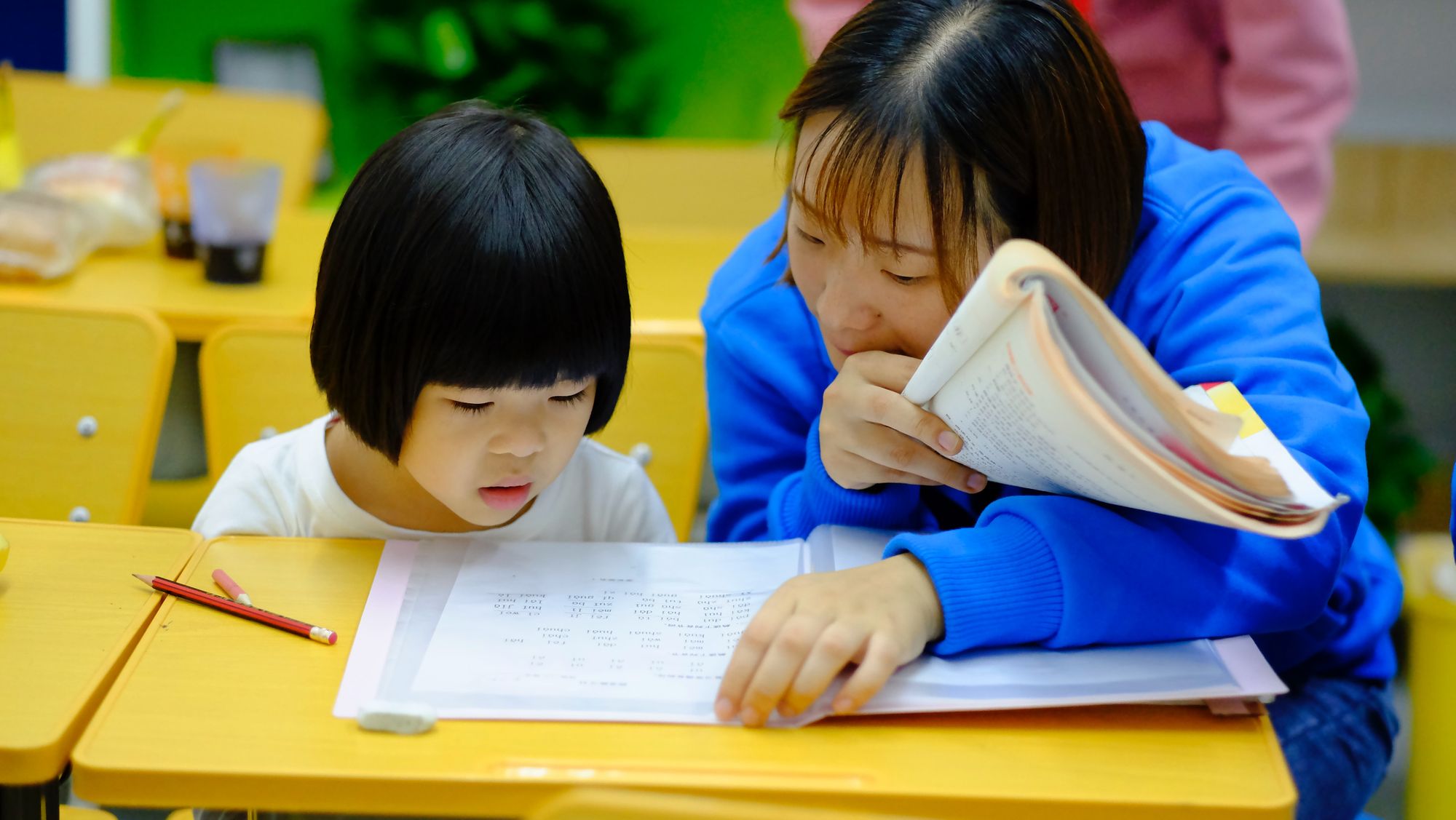
Parent teacher communication is an essential component of a student's education, and it can have many benefits for both the student and their caregivers. Here are six benefits of parent teacher communication:
- Improve academic performance: When teachers and parents communicate regularly, they can work together to identify areas where a student may be struggling and develop strategies to help them succeed. Teachers can provide feedback on a student's progress and offer suggestions for how parents can support their child's learning at home.
- Increase engagement: Parents who are involved in their child's education are more likely to be invested in their child's success. When parents communicate with teachers, they gain a better understanding of what their child is learning and how they can support their child's learning outside of school.
- Provide early intervention: When teachers and parents communicate regularly, they can identify potential problems early on and take steps to address them before they become more significant issues. This can help prevent academic and behavioral problems from escalating and ensure that students receive the support they need to succeed.
- Build positive parent teacher relationships: When parents and teachers communicate effectively, they can develop positive relationships based on mutual trust and respect. This can create a supportive learning environment for students and help them feel more connected to their school and community.
- Ensure consistent learning: When teachers and parents communicate regularly, they can ensure that expectations and strategies for learning are consistent both at school and at home. This can help reinforce learning and make it easier for students to understand what is expected of them.
- Develop cultural understanding: Parent-teacher communication can also help teachers better understand the cultural background and values of their students and their families. This can help teachers develop more culturally responsive teaching strategies that take into account the unique needs and perspectives of their students.
Positive parent-teacher communication is critical for promoting student success and creating a supportive learning environment. By working together, teachers and parents can help students reach their full potential and achieve their academic and personal goals.
10 Strategies For Teachers to Communicate with Parents
1.Crafting Welcome Messages for Parents
A welcome message from teacher to parents is an important communication tool that sets the tone for the upcoming school year. A well-crafted message can establish a positive and collaborative relationship between teachers and parents, which is essential for student success. Here are some ideas for what to include in a welcome message from a teacher to parents:
- An introduction about yourself and your background, experience, and teaching philosophy.
- Important information about your classroom, such as the class schedule, curriculum, and any special programs or activities.
- Provide key contact information like your email address and phone number. Also, let parents know how often they can expect updates on their child's progress and how they can access this information.
- Set clear expectations for behavior, attendance, and academic performance. Let parents know what you expect from their child and what they can expect from you.
- Emphasize the importance of collaboration between teachers and parents in supporting student success.
- Express your enthusiasm for the upcoming school year and your excitement to work with their child.
2. Using Phone Calls for Frequent Check Ins
Although phone calls may seem old-fashioned, they can be an effective strategy for teachers to communicate with parents. The benefits of using phone calls for parent teacher communication include:
- Being faster than emails since they allow for real-time conversation
- Allowing for tone of voice and inflection to be accurately conveyed, which can help prevent miscommunication and promote a more personal connection.
- Allowing for confidential information to be shared without fear of it being intercepted or accidentally forwarded.
Teachers can use phone calls to quickly check in on the child's attendance, update parents on their child's progress, and discuss any academic or behavioral concerns. They can also use phone calls to build rapport with parents and establish a stronger relationship.
Having a robust and reliable phone system is thus a must-have for any teacher, and Phoner helps in this aspect by offering second phone numbers that can be accessed easily from a mobile app. Teachers can easily set up voice recording for note taking after having the conversation with parents, as well as set up call forwarding should they be unable to pick up the call during class time.

3. Using Email as a Regular Communication Tool

Email is a great strategy for teachers to communicate with parents. Teachers can use email to share important information, such as class schedules, assignment deadlines, and upcoming events. They can also use email to update parents on their child's progress and to answer any questions or concerns parents may have in a longer, text form as compared to phone calls.
4. Starting a Parent-teacher Communication Journal

A parent teacher communication journal is a tool used by teachers and parents to record and exchange information about a student's progress and behavior. It is a simple notebook or log that is used to document any important information about the student's academic and personal development.
The journal is typically kept in the student's backpack and can be passed between the teacher and parent on a daily or weekly basis. The parent teacher communication journal thus serves as a platform for both the teacher and the parent to share their observations and concerns about the student, as well as to communicate important information about the student's progress.
5. Updating on a Class Social Media Group
You can also setup a private social media group on Instagram or Facebook to share updates on classroom activities, homework assignments, upcoming events, and progress reports. This can help build a strong partnership between teachers and parents, ultimately leading to improved student success. Here are some light-hearted content ideas that teachers can post on social media to encourage positive parent teacher communication:
- Fun Facts: Share interesting and amusing facts about a particular topic or subject that you are teaching. This can help engage students and parents and make learning more fun.
- Memes and Jokes: Share funny memes and jokes related to the classroom or education in general. This can help break up the monotony of traditional educational content and make students and parents laugh.
- Inspirational Quotes: Share inspirational quotes related to education, learning, and personal growth. This can help motivate students and parents and encourage them to stay engaged and focused on their goals.
- Classroom Updates: Share updates on what is happening in the classroom, such as new projects, field trips, or special events. This can help parents feel more connected to their child's educational experience.
- Student Achievements: Share stories and photos of student achievements, such as academic accomplishments, creative projects, or extracurricular activities. This can help celebrate students' successes and inspire others to strive for excellence.
- Book Recommendations: Share recommendations for books that students and parents may enjoy. This can help promote a love of reading and encourage students to explore new genres and topics.
- Educational Videos: Share short educational videos related to a particular topic or subject. This can help make learning more engaging and interactive.
In summary, by posting light and engaging content on social media, teachers can help build a stronger connection with students and parents and promote a love of learning.
5. Creating Regular Class Newsletters
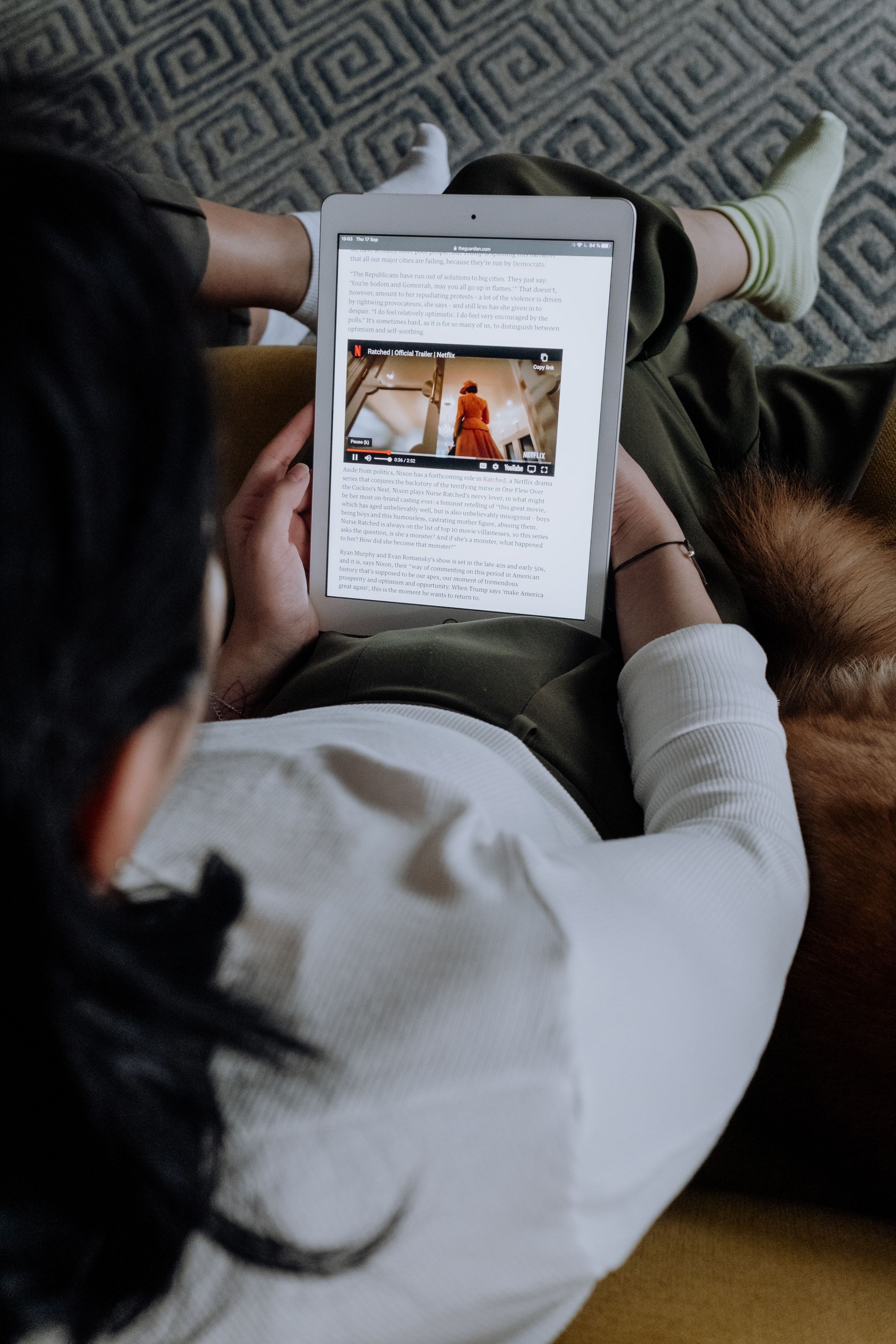
You can also consider creating regular newsletters and sending them to parents as a great strategy for teachers to communicate with parents about classroom activities, assignments, and upcoming events. Newsletters can be shared through email, text, or paper copies sent home with students.
The regular class newsletters should be short and snappy, while being visually engaging as well. This will ensure that you don't bore your students' parents, and actually give them something to look forward to! Consider adding bold colours, photographs, clipart, or other visual elements that help break up the text and add interest.
Be it quarterly or weekly newsletter to parents from teachers, they are certainly a great addition for teachers to communicate with parents.
6. Tap on Online Platforms

Many schools use online platforms, such as Google Classroom, Schoology, or Canvas, to share information and resources with parents. These platforms allow teachers to post assignments, share class materials, and communicate with parents in real-time. Parents can also access their child's grades, attendance, and assignment submissions. These online platforms can provide parents with greater visibility into their child's academic progress and can help them support their child's learning at home.
7. Set Up Informational Parent Workshops

Parent workshops can be an effective strategy for teachers to communicate with parents and provide them with the tools and resources they need to support their child's learning at home. Workshops can cover topics such as study skills, time management, and technology use. These workshops can also provide parents with strategies to help their child overcome academic challenges and develop a growth mindset.
8. Host Open House/Parent-Teacher Conferences
Hosting open houses or parent teacher conferences offer great opportunities for parent teacher communication, and share information about the child's progress, academic performance, and behavior in the classroom. These meetings can also help teachers gain insights into the child's home life, interests, and learning style. Teachers can use this opportunity to discuss ways to support the child's learning, set academic goals, and collaborate on a plan to help the child succeed.
9. Organise Student-Led Conferences
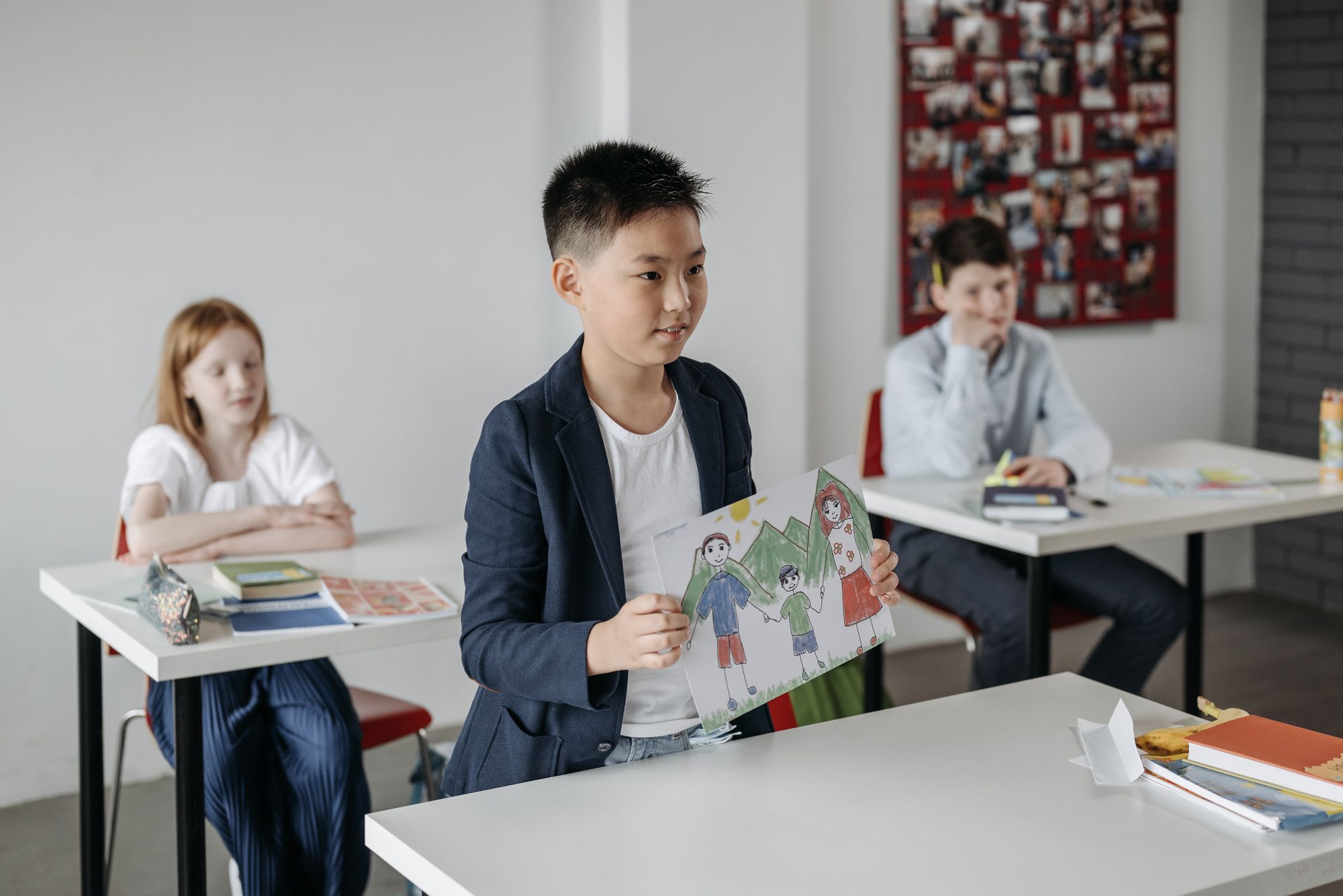
Student-led conferences are a growing trend in education that encourages students to take ownership of their learning. During student-led conferences, students present their academic progress and set goals for the future. These conferences can be an excellent opportunity for teachers to involve parents in their child's learning and to showcase their student's academic achievements. By allowing students to lead the conference, teachers can also help them develop communication and presentation skills.
Conclusion
In conclusion, effective communication between teachers and parents is critical for student success. There are a variety of strategies for teachers to communicate with parents, such as a welcome message from teacher to parents, parent teacher communication journal and phone calls. With these different communication channels, teachers can build positive parent teacher communication and enable students to have great learning experiences in the classroom.

 4.5/5 on App Store
4.5/5 on App Store
